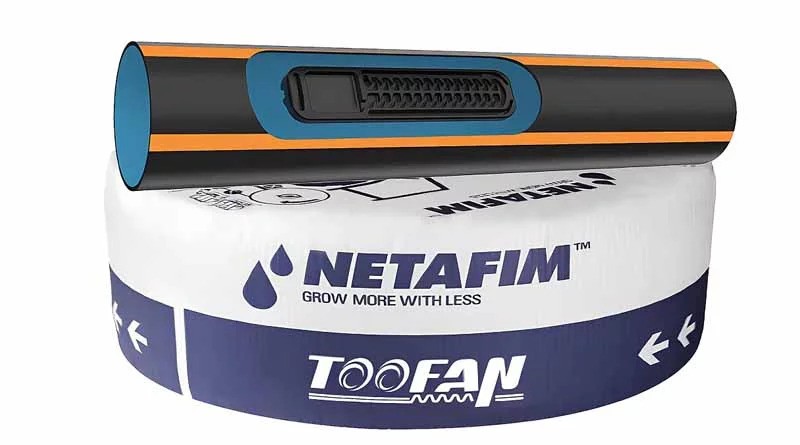Drip Watering System for Gardens & Farms – How It Works & Why You Need It
A drip watering system is a smart way to provide water directly to the roots of plants. It is widely used in both home gardens and large farms to save water and improve plant growth. This system ensures that plants receive the right amount of water without wastage.
How Does a Drip Watering System Work?
Drip irrigation works by delivering water slowly through a network of tubes, valves, and emitters. These small emitters release water drop by drop, keeping the soil moist without flooding it. The water reaches the plant’s roots efficiently, reducing evaporation and runoff.
A drip watering system usually includes:
Drip Lines: Tubes with small holes that distribute water evenly.
Emitters: Devices that control and optimize water usage in drip irrigation.
Filters & Valves: To prevent clogging and regulate water supply.
Why You Need a Drip Watering System
Water Efficiency: Saves up to 70% more water than traditional watering methods.
Healthier Plants: Provides consistent moisture, leading to better growth and higher yields.
Weed Control: Watering only the root zone reduces weed growth.
Time-Saving: Automating the system eliminates the need for daily manual watering.
Soil Protection: Prevents soil erosion and nutrient loss.
Ideal for Gardens & Farms
Drip watering systems are perfect for vegetable gardens, orchards, greenhouses, and large agricultural farms. They work well in areas with limited water supply and improve crop yield while reducing costs.



Comments
Post a Comment